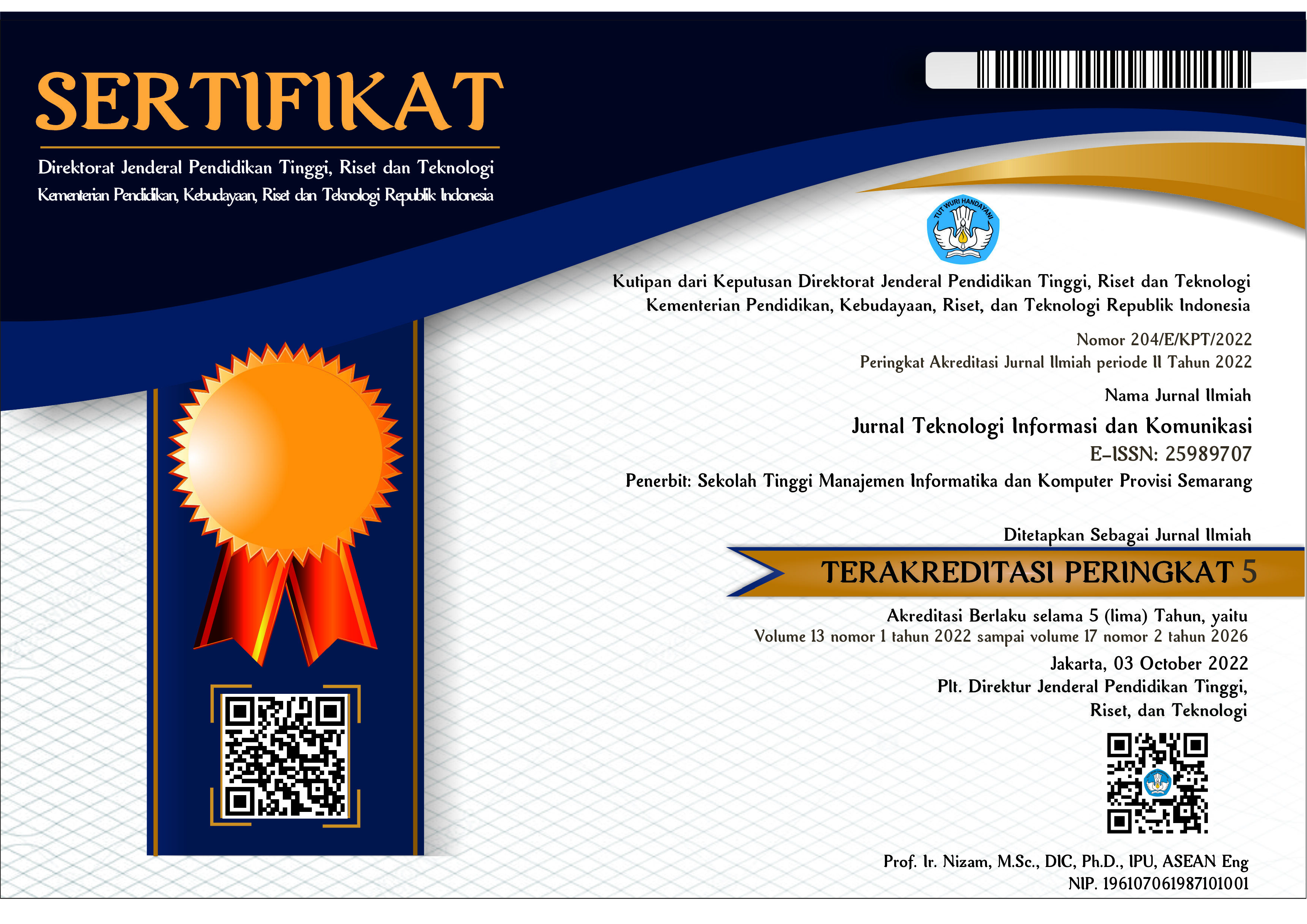MAPPING THE DISTRIBUTION OF MANGROVES IN SERANG REGENCY USING REMOTE SENSING (CASE STUDY OF PULAU PANJANG)
DOI:
https://doi.org/10.51903/jtikp.v14i1.535Keywords:
Mangrove, Mapping and Remote SensingAbstract
Mangroves are a multifunctional coastal ecosystem in coastal areas. Mangrove ecosystems can adapt to extreme coastal conditions, but are highly vulnerable to hazards such as regional degradation, species degradation, conflicts of interest, exploitation, and excessive mangrove use. Remote identification can help obtain the latest data related to the area of mangrove areas with time criteria and coverage of certain areas. The remote sensing used is Google Earth Engine (GEE). This study aims to be able to determine changes in the area of mangrove distribution and the level of density of mangrove ecosystems on Panjang Island, Serang Regency for the last 5 years from 2017 to 2021. The results of the distribution of mangrove areas in the span of 5 years from 2017 to 2021 the mangrove area on Panjang Island experienced a decrease in mangrove area by 5.47 ha. The level of mangrove density on Panjang island in the 5-year period from 2017 to 2021 is classified as a very rare mangrove density category.










